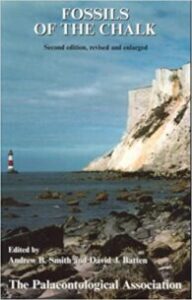The second edition of Microfossils, published in 2005, is still the definitive guide to all the major microfossil groups and the essential reference tool and laboratory guide for undergraduate and graduate students of micropalaeontology.
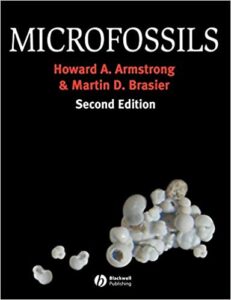

The second edition of Microfossils, published in 2005, is still the definitive guide to all the major microfossil groups and the essential reference tool and laboratory guide for undergraduate and graduate students of micropalaeontology.

The graptolites constitute one of the geologically most useful taxonomic groups of fossils for dating rock successions, understanding paleobiogeography and reconstructing plate tectonic configurations in the Lower Palaeozoic.
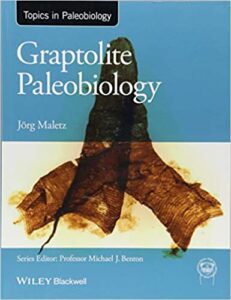
I always wait expectantly for the publication of a new Palaeontological Association guide to fossils and, when they turn up, I am never disappointed. This is undoubtedly another triumph. This guide attempts to bring the diversity of its flora and fauna together in a single work, for the first time.
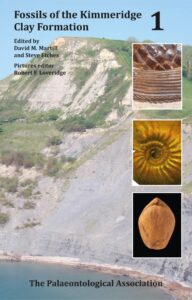
South Wales is a great place to do geology, both because of the variety of what can be seen and the general beauty of the area and its surrounds. In fact, the sedimentary rocks here (largely from the Palaeozoic and late Triassic/Lower Jurassic) were deposited in a wide range of environments, for example, deep-sea fans, clastic-carbonate shelf seas, beaches, estuaries and deltas, and rivers and floodplain swamps, to name but a few.
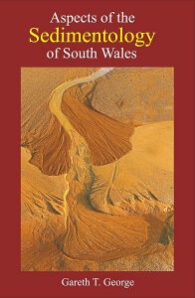
The Geologists’ Association have extended their excellent series of geological guides by producing what some people (including me) would think at first was a slightly self-indulgent couple of volumes on ‘Devonshire Marbles’. However, for my part, I soon realised that this view is entirely wrong.
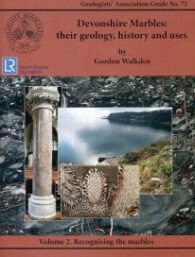
The very small number of books published by the Medway Fossil and Mineral Society are without exception, wonderful and this is probably the best. And, there are very few guides on the London Clay. Therefore, this guide is invaluable and more than welcome.
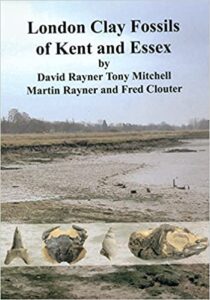
This is a difficult but nevertheless extremely interesting book. It is written, I think, for academics, but interested amateurs (like I did)will certainly find it stimulating – a mixture of palaeoanthropology and the philosophy of science.

I sat down to read this over Christmas and what a good read it turned out to be. The appropriate word is ‘eclectic’ – because Measures for Measure is written for all us with an interest in the industrial history of Great Britain, and its impact on the landscape, economy, social history and culture.
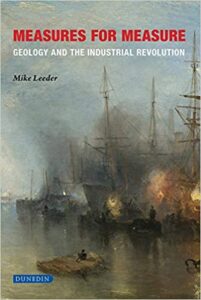
I have known Neale Monks for many years. He knows his stuff and some of that stuff is ammonites. Their beautiful spiral shells make them among the most sought after. However, until this book was published in 2002, little had been published about ammonites other than in geological journals.
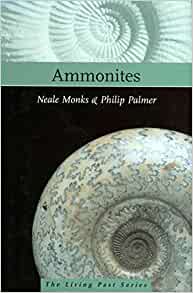
This is a lovely little book – the sort I would want to write. It is beautifully illustrated and well researched, with more than 200 glossy photographs and always interesting comments on the subject matters it touches upon. In short, it is a delight.

It is a wonderful state of affairs that we can not only now write detailed books about planetary geology and geomorphology of the bodies in the solar system, but we can also illustrate them with wonderful photographs.
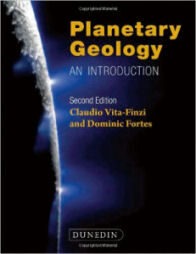
This book is truly sumptuous, and yet is also a comprehensive discussion of William Smith’s maps (including the revolutionary ‘A Delineation of the Strata of England and Wales, with part of Scotland’) and career. It is beautifully produced, printed on quality paper and the full colour illustrations are outstanding.

I wish I had this book when I was starting out collecting fossils. It has everything and more you need to take your hobby (and, who know, later a career in palaeontology) to a better, and more advance and fulfilling place. While I will never take the record-keeping and note taking to the levels gently suggested in this very readable book, perhaps if I had read this when I was a teenager, perhaps I would have done.
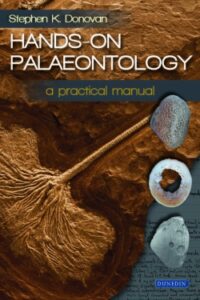
This small, yet informative, booklet takes you on a four-mile walk to 13 sites and through 15 million years of Earth history. The Mortimer Forest Trail is a geology trail in Shropshire that is famous for its outstanding fossils and varied geology. The trail mostly examines Silurian formations such as the Wenlock and Ludlow series.

There are a lot of guide books to the Jurassic Coast Work Heritage Site and I have reviewed several on this site. This one is intended to provide a useful introduction to the general geology of the coastline, dealing with its formation, fossils and plate tectonics (among many other things). Specifically, the advice is provided in the context of walks – for both afternoon rambles and long distance hikes for the more committed.
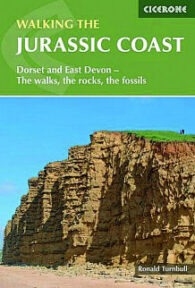
Introducing Natural Resources is another in the Dunedin Academic Press series of introductions to scientific subjects, in particular, the earth sciences. You will probably be aware that I have positively reviewed a large number of them for this website, and this new guide is no different.
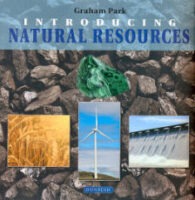
If Yorkshire really is ‘God’s Own County’, then clearly the Almighty is an extremely enthusiastic geologist. Just how lucky is the Yorkshire man who, on the same day, can see some of the best and most varied geology in the world, set out in glorious coastal and mountain scenery, collect superb fossils and minerals, and still be back in the pub in time for some of the best real ale in the UK? That is, Yorkshire is a geological gem that needs a good geological guide.
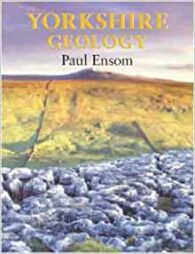
Mary Anning was clearly one of the most significant characters of eighteenth century science and possibly of all time, particularly in the realm of palaeontology. I am not sure that she is quite as unknown as the American author this excellent little biography claims, but she certainly should be better known.
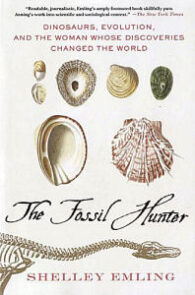
This fascinating book looks at the professional interaction over more than 30 years between a respected husband and wife team of US palaeontologists working for most of their professional lives in Australia and a freelance artist, as he tries to interpret their work and bring to life ancient organisms and environments.
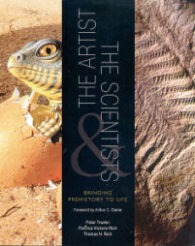
This is a third, revised edition of a very successful, introductory-level geology guide. In it, the author has taken the opportunity to revise and update the text, and to substitute improved illustrations for some of the old ones.

Any serious collector of fossils will certainly have heard of the famous Green River, Morrison and Hell Creek formations. These, are not commonly detailed in guides that can easily be obtained in the UK – that is until now. Dr John R Nudds from the University of Manchester, UK, has teamed up with Dr Paul A Selden from the University of Kansas, USA, to produce this outstanding publication.
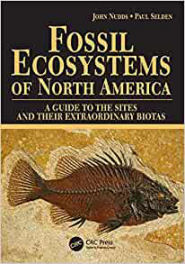
I wouldn’t say I know Paul Taylor other than as an editor of his articles for Deposits magazine, but I did once go on a fieldtrip with him, more years ago than I care to remember. It was to the Coralline Crag of Suffolk, which was chock full of bryozoans – Paul’s favourite fossil. And very interesting it was too – as was Paul. Therefore, I am not surprised how fascinating this book turns out to be.
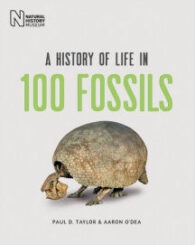
In recent years, the Jurassic Coast Trust really has produced some great books and I have had the privilege of reviewing quite a number of them. These two companion books are intended as walking guides to the World Heritage Site – the so-called ‘Jurassic Coast’ – and the first covers the western limb from Orcombe Point to the Fleet, while the second deals with the eastern part, from Portland to Studland.

I remember buying the first edition of Ken Brook’s fascinating little guide on Hastings a long time ago, and bumbling off to Hastings in the hope of finding Lower Cretaceous dinosaurs and tree ferns.
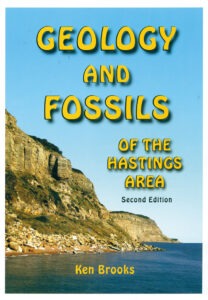
In recent years, there has been a lot written on the fossils of the UK Chalk. However, this guide was the first and is still probably the best for identifying and learning about the fossils that can be found in the chalk cliffs and pits of the UK.
